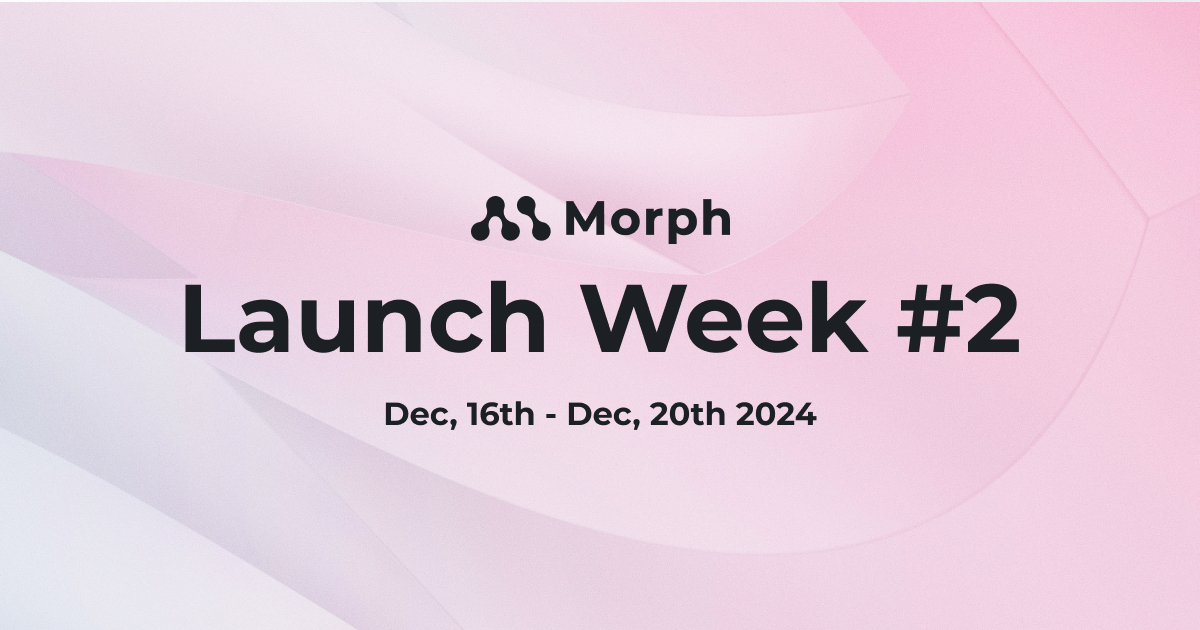
What is a Data App? Why is it Important? How Does it Differ from Business Intelligence?

In today's business environment, data has never been more critical. As we enter the era of big data, companies are collecting vast amounts of information daily and are expected to leverage it to gain a competitive edge. However, as data volumes grow, many companies are still figuring out the best ways to use it effectively.
Data is not just a collection of numbers or information; when analyzed and utilized properly, it becomes a valuable asset that can guide business decisions. Data applications span areas like market trend analysis, customer behavior prediction, and process optimization. However, many organizations face challenges due to data silos that make data sharing between departments difficult, and data often requires specialized knowledge to handle effectively.
What is a Data App?
Data apps have emerged as a solution to these challenges, unlocking the full potential of data. A data app not only collects, analyzes, and visualizes data but also enables users to interact with data intuitively, supporting business decision-making. This setup allows anyone, regardless of expertise, to work with data, fostering a data-driven culture across the organization.
If we were to define it, a data app is an application connected to business data stored in a database and customized to meet specific business needs and workflows. Key features include:
- User-friendly Interface: An intuitive UI/UX that enables operation without specialized data analysis skills.
- Interactivity: Features such as data filtering and drill-down capabilities allow users to manipulate data as needed.
- Real-time Capabilities: Analysis and visualization are based on the latest data.
- Action Execution: Users can act directly on business processes or adjust them based on analysis results.
A data app goes beyond simply displaying or reporting data; it provides an environment where users can act directly to acquire data insights. This enables more efficient business processes and quicker decision-making, contributing to a stronger competitive edge.
Differences from BI
When considering tools that utilize business data, Business Intelligence (BI) comes to mind. But how does a data app differ from BI?
Data Visualization vs. Interactivity
- BI Tools: These mainly focus on presenting data via visualizations and reports. Users review provided reports or dashboards to grasp overall trends and performance. However, BI tools often have limitations in performing deeper analysis or interacting with the data.
- Data Apps: In addition to visualizing data, data apps allow users to interact with data. Users can apply filters, run scenario analyses, update data in real-time, and manipulate it according to their needs.
Detailed Comparison
| BI | Data App | |
|---|---|---|
| Users | Executives, Managers | A wide range of users, including non-technical staff across departments |
| Purpose | Performance evaluation and reporting based on historical data | Decision-making support in daily operations, process optimization, and real-time action execution |
| Usage | Viewing periodic reports or running predefined queries | Interactive data interaction, customized analysis, direct business feedback |
| Development Method | Built within the tool | Code-based |
| Maintenance | Requires specialized, trained staff | Anyone with coding knowledge can maintain it |
While BI tools excel at data visualization and reporting to support strategic decisions, data apps are more interactive, allowing users to operate directly on data to solve business problems.
Why Data Apps Are Important
Impact on Business
Data apps bring positive impacts to overall business processes.
- Faster Decision-Making: With real-time data analysis, companies can quickly respond to market changes and customer needs.
- Increased Operational Efficiency: By using data to optimize, businesses can eliminate inefficiencies and boost productivity.
- Reduced Dependency on Key Individuals: Data apps are code-based, lowering the need for specific individuals for tool maintenance, as the learning cost is low.
- Promoting Data-Driven Decision-Making: Data apps help promote data utilization throughout the organization, enabling data-based decision-making.
- Data Democratization: Provides an environment where necessary data is available to those who need it when they need it.
- Enhanced Collaboration: Sharing and jointly analyzing data across departments improves teamwork.
- Continuous Learning and Improvement: Uses feedback from data to continually optimize processes and strategies.
Data apps offer more than just tools; they position data at the core of business, innovating decision-making and operations across the organization. Implementing data apps fosters a truly data-driven culture that helps the company adapt flexibly to market changes.
Case Study: Enhancing Team Collaboration with a Data App for AWS Cloud Costs
Optimizing cloud costs, like those for AWS, is a prime use case for data apps. Cloud costs can be highly variable, and the billing details are complex.
Effective cloud cost optimization requires collaboration with engineering teams.
Thus, creating a data app, as shown in the video below, is crucial for communication with the team in charge.
This app retrieves costs from an API that provides AWS costs, structures the data using Python, and creates charts for analysis.
With a data app that enables real-time data viewing and flexible data analysis based on user inputs, ongoing monitoring becomes possible. It is also highly beneficial for communication with relevant departments and stakeholders!
Related Articles


